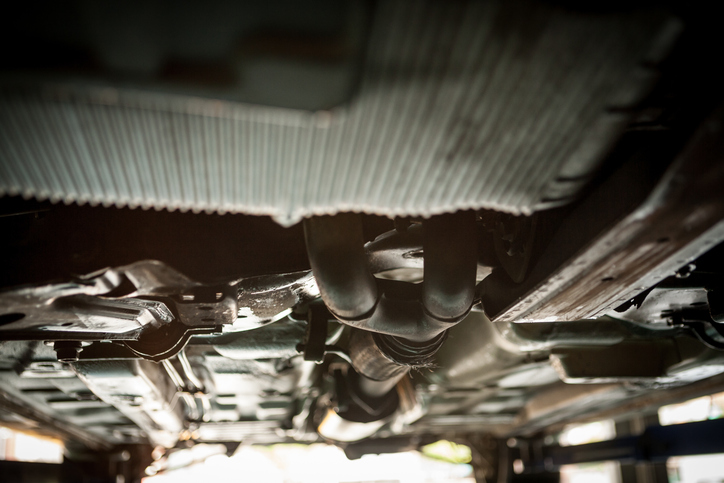
It’s easy for even the most dedicated car enthusiasts to forget about their car’s undercarriage. After all, it’s hidden away under the rest of the vehicle. However, the undercarriage houses many important parts, and if it’s not taken care of properly, problems can start occurring. One of the most common issues with undercarriages, especially in Canada, is corrosion from road salt. Therefore, it’s very important that cars receive a thorough undercarriage detailing to prevent the bottom of the car from rusting.
If you want to become an automotive detailing professional, read on for some tips for detailing undercarriages.
Be Extra Careful When Detailing the Undercarriage of Older Cars After Automotive Detailing Courses
In order to detail an undercarriage so that it looks like new, most professionals with a career in automotive detailing suggest using a pressure washer to blast the underside of the vehicle. The intense water pressure helps loosen and wash away caked-on grime.
However, when working on older cars or cars that aren’t well kept, you need to be extra careful. The pressure from a pressure washer could dislodge a car part that has loosened with the natural wear and tear of the vehicle. In order to ensure you don’t cause any damage when detailing an older car’s undercarriage, tread lightly around important car parts and use a less forceful stream of water.
Safety Comes First When Detailing an Undercarriage After Automotive Detailing Courses
In order to properly clean the underside of a vehicle, it will likely need to be lifted off the ground. Whenever you’re lifting or jacking up a vehicle, you need to make sure that you take the proper safety precautions. First off, make sure that the car is properly secured when it’s elevated in order to prevent a dangerous accident. And second, whenever you’re working under a vehicle, you need to wear proper safety equipment like eye goggles and gloves, in case any sharp or heavy debris stuck in the underside of the car falls out unexpectedly.

Remove Large Debris by Hand Before Beginning to Detail an Undercarriage
Many students in automotive detailing courses would be surprised by the amount and size of debris that can end up lodged in a vehicle’s undercarriage. Rocks, sticks, and other foreign objects can easily become stuck. When you begin detailing the undercarriage of a car, perform a visual inspection first and watch out for any large debris. Once the car has been turned off and sufficiently cooled down, gently dislodge and remove the debris by hand. By removing sizeable debris in advance, you ensure that it won’t go flying once you start using a pressure washer, and hurt someone or damage another vehicle.
Use a Degreaser to Cut Through Caked-On Grime When Detailing an Undercarriage
If a car’s undercarriage is detailed on a regular basis, it won’t be as challenging to get it back in tiptop shape. However, if the undercarriage has been neglected for quite some time or has had a series of oil and fluid leaks, it can be difficult to get rid of all the layers of grime. If you’re faced with a job that requires a little extra attention, apply a degreaser and let it sit on the vehicle’s undercarriage for about half an hour. Then, use a hose or pressure washer to blast away the remaining grime. The degreaser should make it much easier to remove the dirt.
Do you want to enroll in automotive detailing specialists training?
Contact CATI today to learn more!
